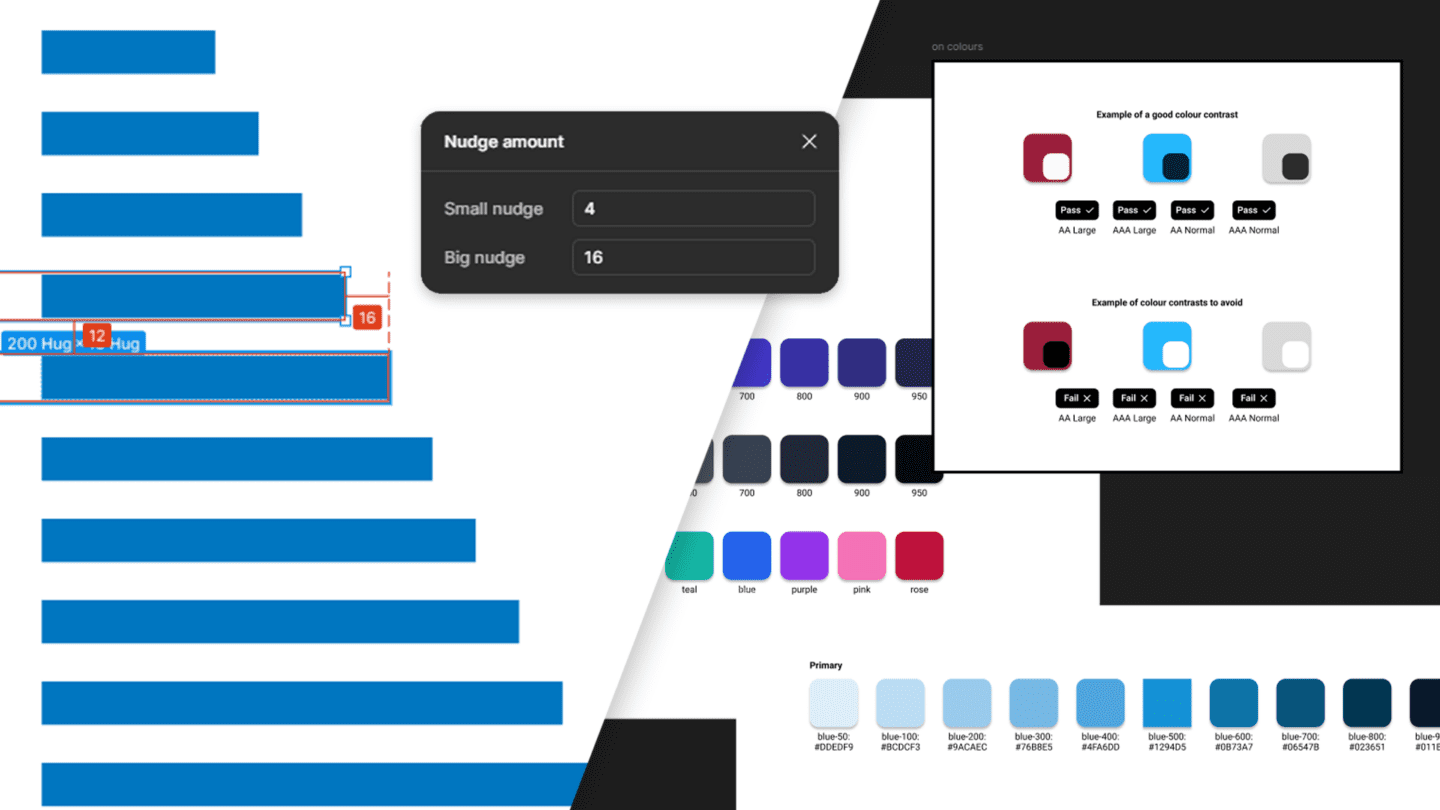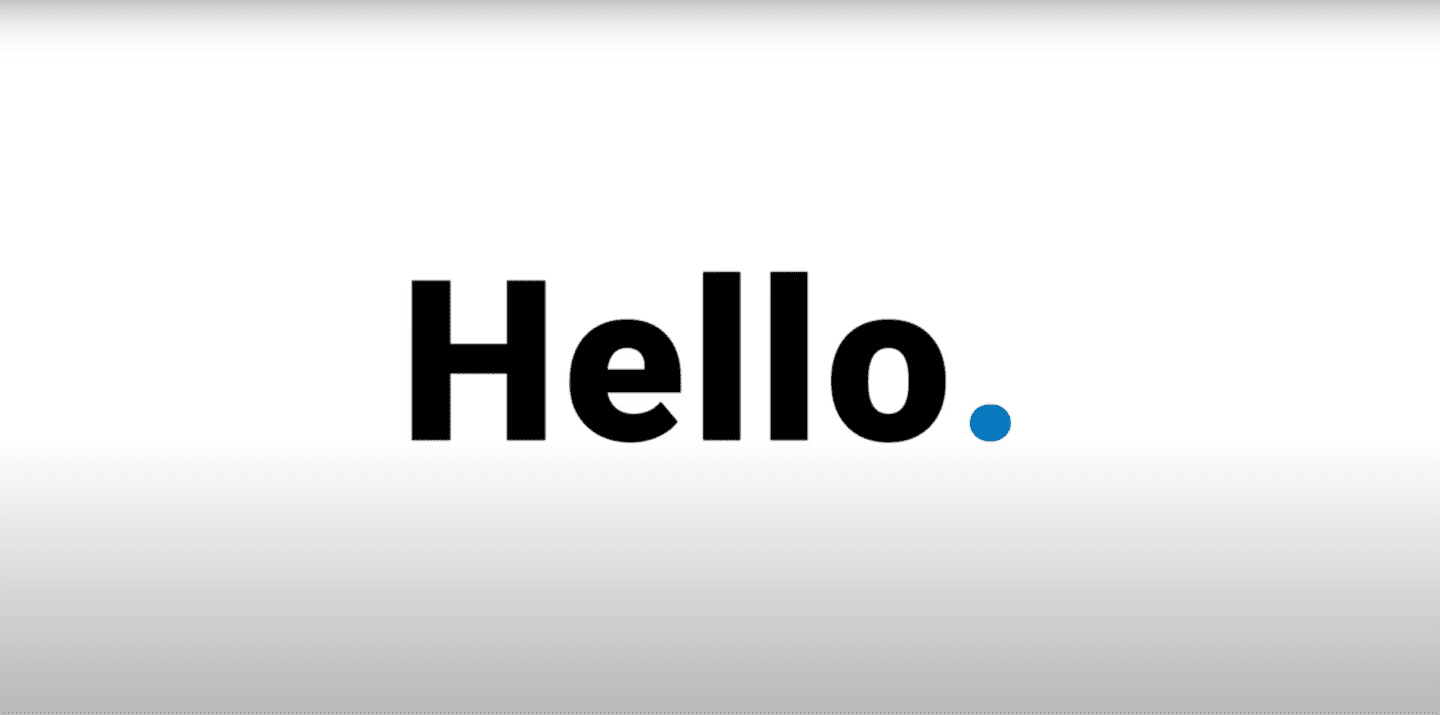Here’s our round-up of the best business and UX strategy links we’ve bookmarked this May (2016).
Business & UX Strategy Links: May 2016
Finding Product Market Fit (Peter Reinhardt)
There’s a fine line between the “reality distortion field” founders create and just being a bit delusional. During our first year and half as a company — May 2011 to December 2012 — we were closer to delusional, and this massively extended how long it took us to find product-market fit. Peter Reinhardt hopes that by sharing their story of finding product market fit, other founders can avoid years of “wandering around lost in the woods” and emerge with product-market fit sooner.
What Founders Need to Know: You Were Funded for a Liquidity Event – Start Looking (Steve Blank)
There are many reasons to found a startup. There are many reasons to work at a startup. But there’s only one reason your company got funded. Liquidity. While you might be interested in building a company that changes the world, regardless of how long it takes, your investors are interested in funding a company that changes the world so they can have a liquidity event within the life of their fund ~7-10 years. (A liquidity event means that the equity (the stock) you sold your investor can now be converted into cash.)
The Magical Benefits of the ‘Quitter’s Mindset’ (First Round)
In this environment, companies can’t rely on customers to make straightforward decisions based on clear triggers. And they can’t rely on themselves to understand what will motivate people to buy, download and use their products. To fix this, they need to dig a level deeper, into territory most aptly defined as ‘behavioral economics.’
Build Your User Base with These Human Behavior Hacks (First Round)
Companies can’t rely on customers to make straightforward decisions based on clear triggers. And they can’t rely on themselves to understand what will motivate people to buy, download and use their products. Cognitive psychology influences both sides of the customer development equation. It shapes what customers actually want (and think they want), and it strongly affects how companies try (and often fail) to get this information.
When to Hide Content Behind Forms and When to Give Content Away (Nielsen Norman Group)
Understand your users’ intents and stage in the sales funnel before you gate content. Mapping content to the user’s journey will help you determine whether or not to gate content on a case by case basis. The type of content as well as the implementation of the actual “gate” also affect the users’ willingness to go past the gate and fill in the lead-generation form.
Get our link roundups delivered straight to your inbox
Sign-up for our email newsletter and get all our posts business and UX strategy link round-ups by email as soon as they’re published.


